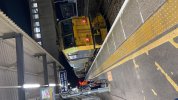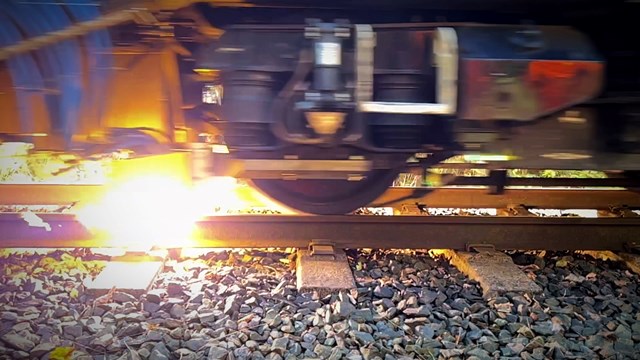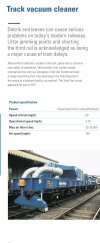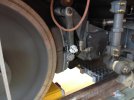Yes, this is why there were specified.
So when I was told by instructor during my traction course on the 700 that the reason for tread brakes was because of lack of space for disc brakes, he was mis informed?
AIUI, at certain times of year (eg now) they are used for main braking at any speed.
Regen braking is used for all braking down to 7mph (can’t precisely remember exact speed!) then the disc and tread brakes take over.
The only other times the disc and tread brakes are used are in emergency braking or in snow brake mode
Rather than delete the above I will explain what I meant in a better way!
The tread (friction) brakes on a 700 are only found on the motor coaches.
When braking, the motors on the motor coaches perform the braking until the tread brakes take over at 7mph. On all other coaches the disc brakes are used 100% of the time.
As said above, emergency braking and snow brake mode uses only the friction brakes. ( tread and disc)
If the tread brakes were only specified for adhesion purposes (and not because of space limitations) don’t you think that leaving them to work, in normal circumstances, at speeds below 7mph would be of any use?






